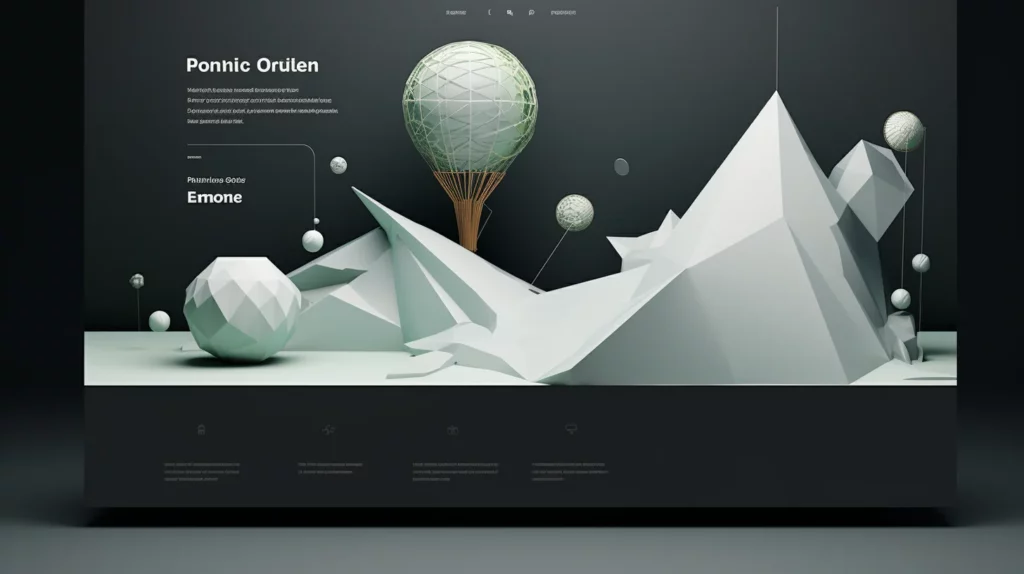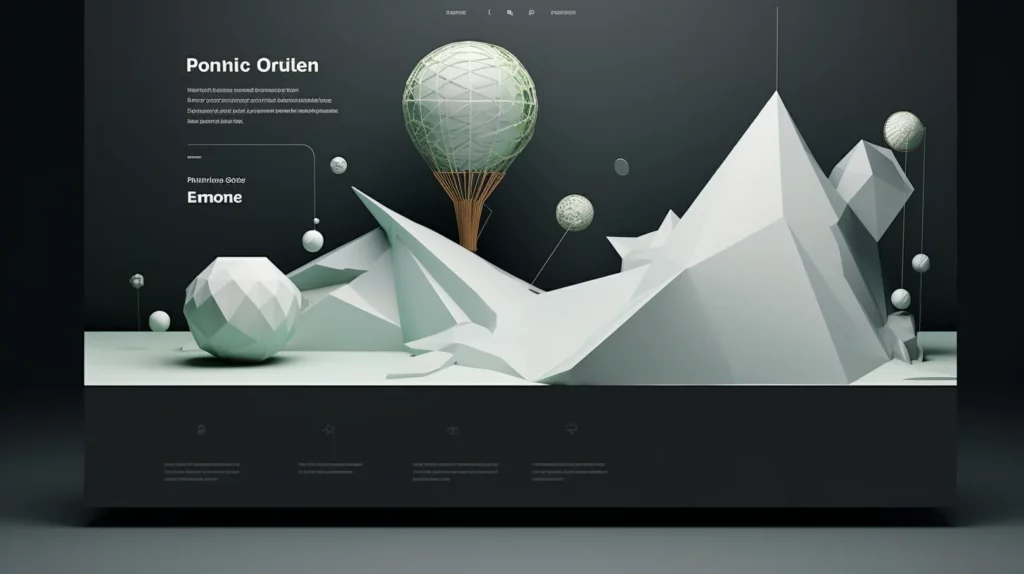In today’s digital age, a strong online presence is crucial for businesses and individuals alike. At the heart of this online presence lies web design, a multifaceted discipline that combines creativity, technology, and user experience to create visually appealing and functional websites. But what exactly is web design? This comprehensive guide will delve into the various aspects of web design, its importance, and the key elements that contribute to a successful website.

Web design encompasses the planning, creation, and maintenance of websites. It involves a variety of skills and disciplines, including graphic design, interface design, user experience (UX) design, and search engine optimisation (SEO). The goal of web design is to create a website that is not only aesthetically pleasing but also functional, user-friendly, and accessible to all users.

Your website is often the first point of contact between you and your potential customers. A well-designed website can make a strong first impression, conveying professionalism, credibility, and trustworthiness. Conversely, a poorly designed website can drive visitors away and harm your brand’s reputation.
Good web design prioritises the user experience. It ensures that visitors can easily navigate the site, find the information they need, and complete desired actions, such as making a purchase or contacting you. A positive user experience leads to higher engagement, longer visit durations, and increased conversion rates.
Effective web design goes hand-in-hand with SEO. A well-structured website with clean code, fast loading times, and mobile responsiveness is more likely to rank higher in search engine results. Additionally, good web design practices, such as using proper heading tags and optimising images, can further enhance your site’s SEO performance.
Your website is an extension of your brand. Consistent use of colours, fonts, images, and messaging helps to build a strong brand identity. A cohesive and visually appealing design can reinforce your brand’s values and make your business more memorable to visitors.

The layout is the arrangement of elements on a web page. A good layout guides the user’s eye and helps them focus on important content. Common layout types include grid layouts, which provide structure and organisation, and fluid layouts, which adapt to different screen sizes.
Colours evoke emotions and set the tone for your website. Choosing the right colour scheme is crucial for creating a cohesive and visually appealing design. It’s important to consider colour psychology and ensure that your colours align with your brand identity and message.
Typography refers to the selection and arrangement of fonts. The right typography enhances readability and complements the overall design. Considerations include font size, line height, letter spacing, and the use of web-safe fonts to ensure consistency across different browsers.
High-quality images and graphics can make your website more engaging and visually appealing. They help to break up text and illustrate key points. However, it’s important to optimise images to ensure fast loading times and to use alt text for accessibility and SEO purposes.
Navigation is a critical component of user experience. It should be intuitive and straightforward, allowing users to easily find the information they need. Common navigation elements include menus, breadcrumbs, and search bars. Clear and consistent navigation enhances usability and keeps visitors engaged.
With the increasing use of mobile devices, responsive design is essential. A responsive website adapts to different screen sizes and resolutions, providing an optimal viewing experience on desktops, tablets, and smartphones. This improves accessibility and ensures that all users have a positive experience, regardless of their device.
Content is the heart of your website. It includes text, images, videos, and other multimedia elements. High-quality, relevant content not only engages visitors but also supports your SEO efforts. It’s important to keep your content updated and to use clear, concise language that resonates with your audience.

The first step in the web design process is planning. This involves understanding the purpose of the website, defining the target audience, and outlining the site’s structure and content. During this phase, designers may create wireframes and site maps to visualise the layout and flow of the website.
In the design phase, designers create the visual elements of the website, including the layout, colour scheme, typography, and images. This phase may involve creating mockups and prototypes to test different design concepts and gather feedback.
Once the design is finalised, the development phase begins. This involves coding the website using HTML, CSS, JavaScript, and other programming languages. Developers build the site’s functionality, including interactive elements, forms, and databases.
Before launching the website, thorough testing is conducted to ensure that it works correctly across different browsers and devices. This includes checking for broken links, verifying that forms and interactive elements function properly, and ensuring that the site loads quickly and efficiently.
After testing is complete, the website is ready to go live. This involves uploading the site to a web server and making it accessible to the public. During the launch phase, it’s important to monitor the site for any issues and to be prepared to make necessary adjustments.
Web design doesn’t end with the launch of the website. Ongoing maintenance is essential to keep the site updated, secure, and functioning optimally. This includes regularly updating content, fixing any technical issues, and ensuring that the site remains compatible with new browsers and devices.
Web design is a dynamic and multifaceted discipline that plays a crucial role in creating a successful online presence. From enhancing user experience to supporting SEO efforts, good web design is essential for any business or individual looking to make a positive impact on the web. By understanding the key elements and process of web design, you can create a website that not only looks great but also delivers a seamless and enjoyable experience for your visitors.
At Misah Software Solutions, we specialise in web design, SEO, digital marketing, and software development services. Our team of experts is dedicated to helping you achieve your online goals with customised solutions tailored to your unique needs. Contact us today to learn more about how we can help you build a strong and effective online presence.
You must be logged in to post a comment.